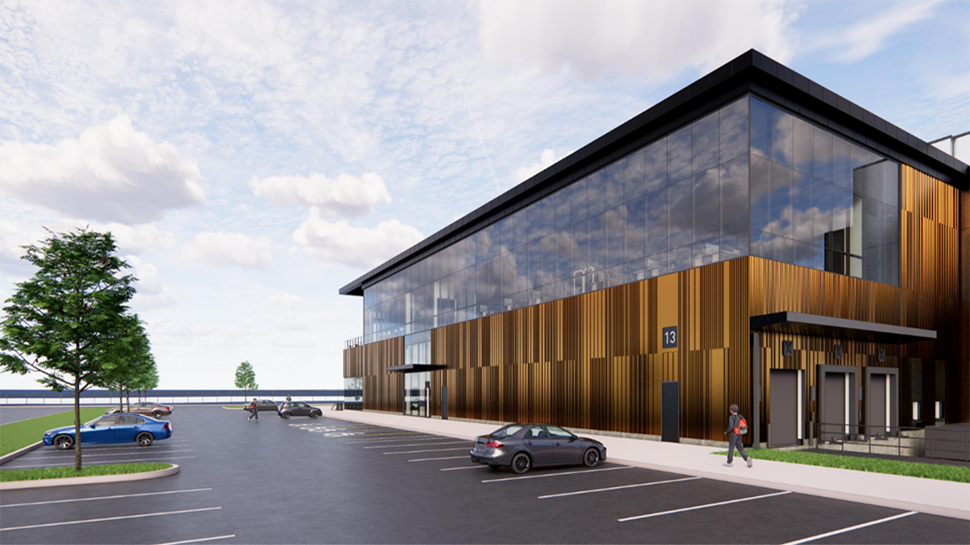Steel and concrete, the traditional materials used in data center construction, are major carbon emitters, but in a move toward sustainability, Microsoft is testing fire-resistant cross-laminated timber (CLT) in its first data centers in wood near a northern Virginia suburb. .
The company says this project is part of an “all-hands-on-deck effort” to meet its ambitious climate goals: becoming carbon negative by 2030 and offsetting all emissions since its founding by 2050.
Although Microsoft has made progress toward this goal, indirect emissions from data centers (derived from the extraction, manufacturing and transportation of materials) increased 30.9% in three years.
A market driver
The use of CLT, along with concrete and steel, in the hybrid design is expected to reduce embodied carbon emissions by 35% compared to traditional steel construction and 65% compared to standard concrete.
Microsoft's decarbonization efforts extend beyond this project, supported by its $1 billion Climate Innovation Fund, which has so far invested $761 million in scalable environmental projects.
Microsoft is collaborating with green building materials companies, including Sweden's Stegra, which is developing a hydrogen-based steel process that emits water vapor instead of carbon, reducing emissions by up to 95%. Microsoft has also partnered with Boston Metal, which uses renewable electricity to produce steel while generating oxygen instead of carbon dioxide.
To reduce reliance on traditional cement, Microsoft has partnered with companies like CarbonCure, which injects CO₂ into concrete, and Prometheus Materials, which creates zero-carbon cement using microalgae. Microsoft plans to test Prometheus cement in its Virginia data centers to test its durability.
“Microsoft is in a unique position simply because it is so big,” says Thomas Hooker of Thornton Tomasetti, a structural engineering firm that works with Microsoft. “They can almost be like a market driver and, to some extent, push some of these technologies into more widespread use simply because it's a high priority for Microsoft.”








